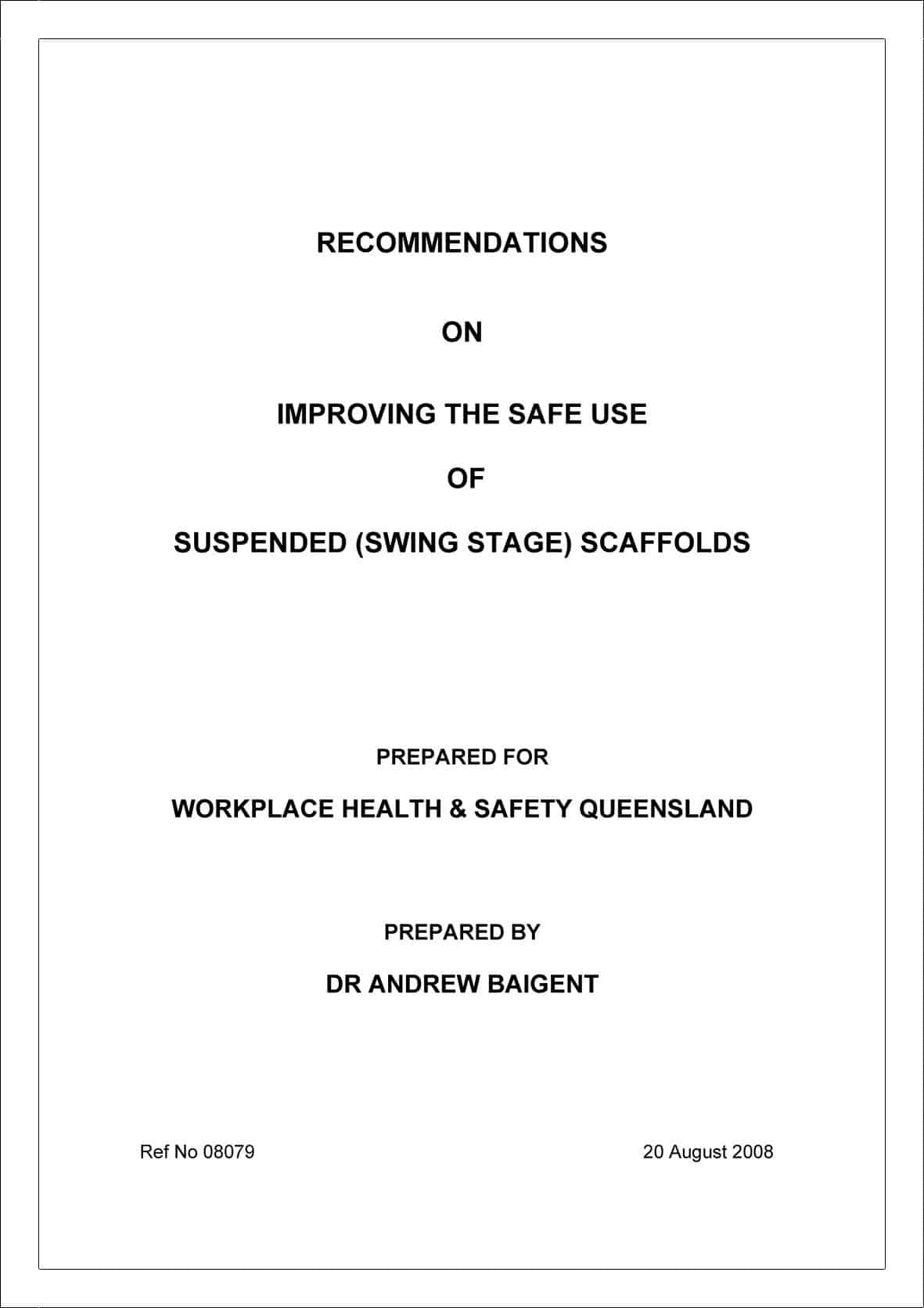The Victorian Government has released a revised cleaning standard for the hospital and healthcare sectors but many others would find the information of direct relevance, particularly those who like to state they meet “world’s best practice”.
The standard is supported by a good short newsletter.
Many businesses and industry OHS professionals can feel like they are audited to death. This is particularly so in the healthcare sector so it is with interest that the government has dropped the lodgement of scores for internal audits. However the benchmarking exercise will continue with three annual external audits.
Those SafetyAtWorkBlog readers who are also auditors, inside and outside the health system, may find the overview on auditors of interest.




